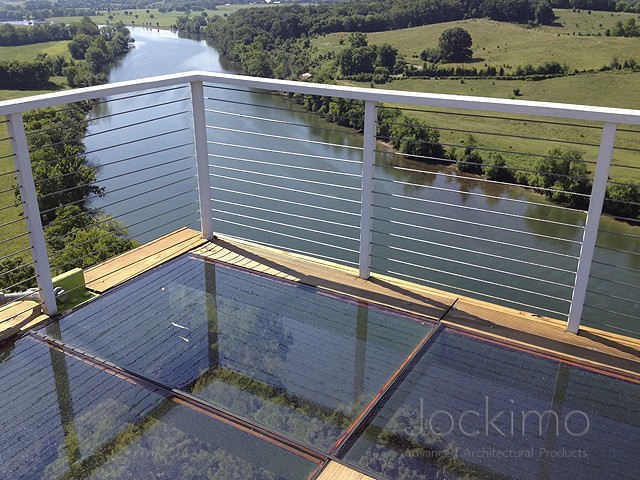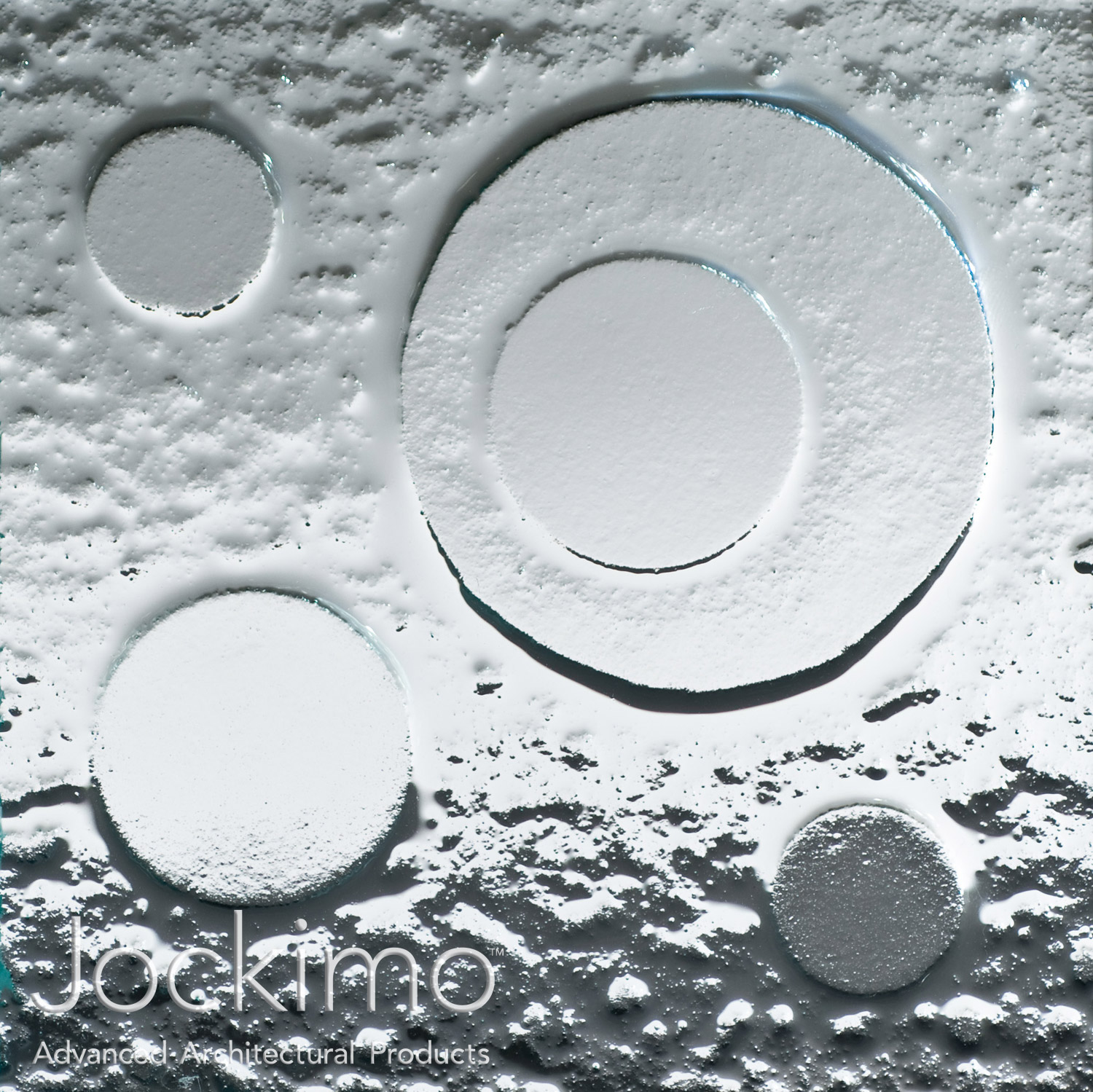- Details
Everything You Need to Know about Architectural Glass
Whether you’re a homeowner looking to renovate a private residence or you’re in charge of the building or remodel of a commercial property, incorporating architectural glass is a great way to lend any space a modern, sleek, upscale feel. What exactly is architectural glass, though, and what are some key considerations when looking to add it to any given building?
Architectural Glass: A Definition

Architectural glass is essentially any glass that’s incorporated or used as a building material. In this capacity, its most common applications include the following:
- Windows in external walls or doors
- Glass flooring
- Glass stair treads
- Glass vanity tops, bar tops, or countertops
- Walkable skylights
- Internal partitions
- Shower doors
Decorative Glass versus Architectural Glass

An important note here is that there are largely two categories of glass: architectural glass and decorative glass. Architectural glass, by its nature, serves a functional purpose. (It’s glass that serves as the actual stair treads to walk on or the countertop where you eat.)
Decorative glass, on the other hand, could potentially have no functional or practical purpose. It’s glass that merely serves an artistic, aesthetic, or (as the name suggests) decorative purpose.
These two categories of glass, though, are not mutually exclusive. Architectural glass can absolutely have decorative or artistic merit as well. When you work with an experienced glass manufacturer who also has a design eye, this is the case more often than not.
That visual interest can come in many different forms:
- Colors
- Thicknesses
- Textures
- Designs
Again, depending on the glass manufacturer you’re working with, these elements can often either be entirely custom, or you can choose from a set of premade molds or palettes.
Safety and Standard Compliance Considerations
Because architectural glass is used as an actual building material, safety is of primary importance. A glass floor, for example, needs to be built with three main safety issues in mind:
- Antislip glass features
- Failure redundancy
- Glass thickness and makeup (governed by both building codes and ASTM glass flooring standards)
Check out this blog for a more in-depth look at what makes glass flooring safe.
Want to know more about antislip glass specifically? Read this article where we discuss what it is, the different types available in the market, and the relative pros and cons of each.
Get the Best Architectural Glass for Your Project

Within the world of architectural glass, there are many options. There might even be uses for architectural glass that you’re not aware of that would suit the functional and aesthetic needs of your project perfectly.
With this overwhelming number of options, what’s the best way to ensure you get the ideal solution for your build? Work with an experienced glass manufacturer.
The goal here is not just to find someone who can create a piece of glass for you. The logistics of manufacturing the deliverable are certainly important, but what you really want is a partner in the design process. You want someone who can provide input, feedback, and suggestions about what will and won’t work well in your space.
This kind of collaborative provider can not only comply with safety regulations and use best practices for glass creation but can listen closely to your ideas, let you know if they’re feasible, and provide viable alternative solutions if not.
Want more information on choosing this partner? Check out these additional resources:
- 5 Tips for Choosing the Right Glass Manufacturer (blog)
- 7 Things to Look for in a Glass Manufacturer (blog)
Have Questions? Want to Get Started?
Interested in learning more? Want to get your questions answered? Please feel free to contact us. Even if we don’t end up working together, we’re always happy to help in any way we can!

